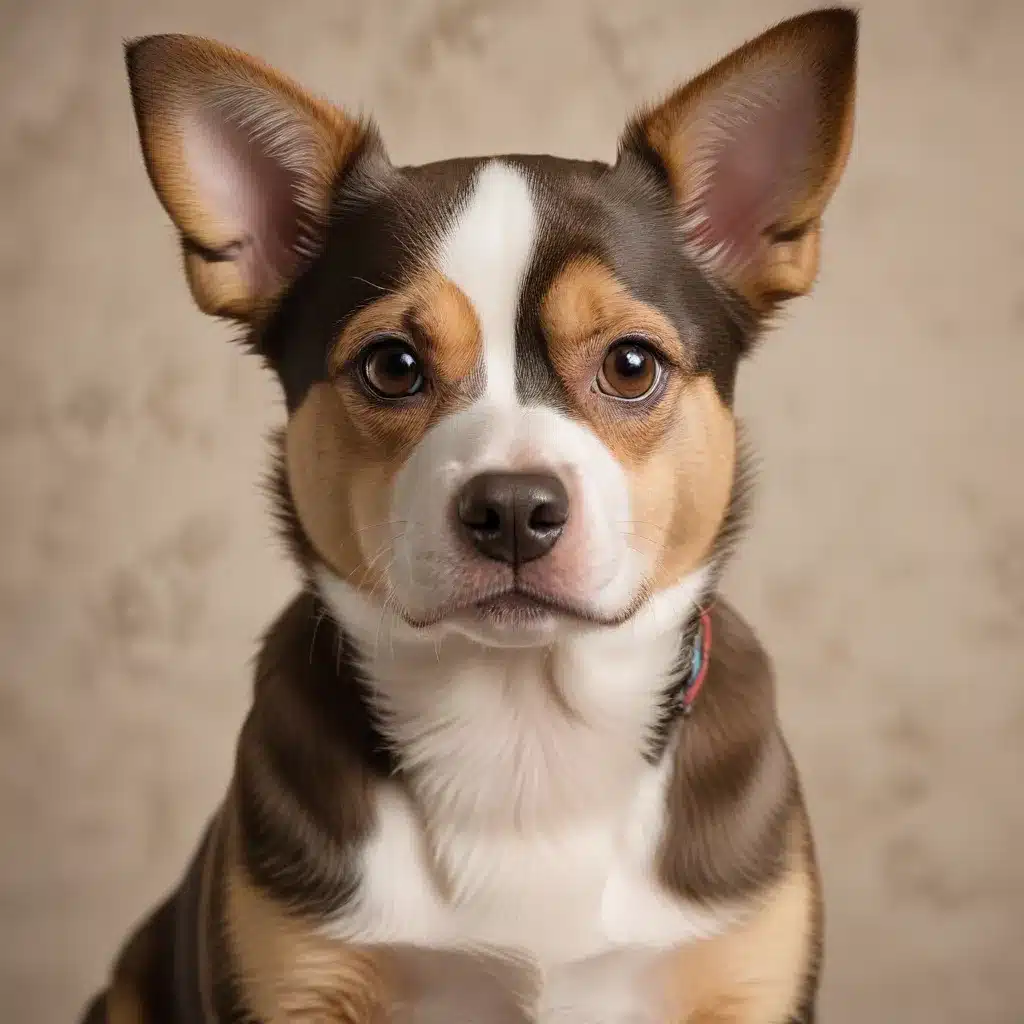
Paw-some Portfolios: Showcasing Your Pet Portrait Prowess
The Art of the Canine Canvas: Mastering Pet Portraiture
As a seasoned artist and educator, I’ve had the privilege of witnessing the transformative power of pet portraiture. From the initial spark of inspiration to the final brushstroke, the process of capturing a beloved companion’s essence on canvas can be both deeply rewarding and technically challenging.
In this comprehensive guide, we’ll explore the essential techniques, valuable insights, and artistic inspiration needed to create captivating pet portraits that bring joy to both the artist and the patron.
Capturing the Canine Connection: Mastering Reference Photos
The foundation of any pet portrait lies in the reference photographs you use as a starting point. While working from life can be immensely rewarding, the reality is that our four-legged friends often have a hard time sitting still for extended periods. This is where a well-executed photo shoot becomes crucial.
When selecting reference images, seek out a variety of shots that capture your subject’s unique personality and physical features. Close-ups, profile views, and action poses all offer valuable insights into the animal’s character. Additionally, pay close attention to the lighting, angles, and backgrounds that best complement your vision for the final artwork.
Tip: Encourage your pet’s natural behavior by using their favorite toys or treats as props during the photoshoot. This can help you obtain more authentic, engaging expressions.
Drawing Doggos: Mastering Proportions and Anatomy
Once you’ve gathered your reference material, it’s time to begin the drawing process. Accurate proportions and a solid understanding of animal anatomy are essential for creating a believable pet portrait. Start by sketching the basic shapes and landmarks of your subject’s features, such as the muzzle, eyes, ears, and body.
Tip: Familiarize yourself with the distinctive characteristics of different dog breeds, from the pointed nose of a Greyhound to the floppy ears of a Cocker Spaniel. This attention to detail will lend authenticity to your portrait.
As you refine your sketch, pay close attention to the relationships between the various elements, ensuring that the head, neck, and body are in proper proportion. Don’t be afraid to use reference images or even skeletal diagrams to guide your understanding of canine anatomy.
Painting Pooches: Mastering Fur Textures and Color Palettes
With your drawing complete, it’s time to begin the painting process. One of the most challenging aspects of pet portraiture is capturing the unique texture and sheen of an animal’s fur. Experiment with a variety of brushstrokes, from loose, gestural marks to precise, detailed strokes, to create a sense of depth and dimension.
Tip: Observe the way light interacts with the fur, creating highlights, shadows, and subtle gradations of color. Incorporate these nuances into your painting to achieve a realistic, three-dimensional effect.
When selecting a color palette, be mindful of the natural hues and undertones present in your subject’s coat. Avoid relying solely on a single, flat color, and instead, build up layers of complementary tones to breathe life into your painting.
Table: Common Dog Coat Colors and Suggested Color Palettes
| Coat Color | Suggested Color Palette |
|---|---|
| Black | Phthalo Blue, Ivory Black, Burnt Umber |
| Brown | Burnt Sienna, Cadmium Yellow, Raw Umber |
| Golden | Cadmium Yellow, Ochre, Titanium White |
| White | Titanium White, Ivory, Cadmium Lemon |
| Brindle | Alizarin Crimson, Sap Green, Payne’s Grey |
Bringing Personality to the Pup: Mastering Expressive Poses and Compositions
Beyond the technical mastery of drawing and painting, the true magic of pet portraiture lies in your ability to capture the unique personality and spirit of your subject. Pay close attention to the animal’s body language, facial expressions, and even their environment to create a narrative that resonates with the viewer.
Tip: Experiment with different compositions, such as close-up headshots, three-quarter views, or dynamic action poses, to best showcase your subject’s character.
Additionally, consider incorporating meaningful elements into the background or setting of your portrait, such as the pet’s favorite toy, a familiar piece of furniture, or a scenic outdoor environment. These subtle details can greatly enhance the emotional connection between the viewer and the artwork.
Showcasing Your Paw-some Prowess: Building a Compelling Pet Portrait Portfolio
As you continue to hone your pet portraiture skills, it’s essential to thoughtfully curate a portfolio that showcases your artistic mastery and versatility. When selecting pieces for your portfolio, choose a diverse range of subjects, styles, and mediums to demonstrate your range and adaptability as an artist.
Tip: Consider organizing your portfolio into thematic sections, such as “Canine Companions,” “Feline Fancies,” or “Exotic Animal Encounters,” to highlight your depth of knowledge and specialization.
In addition to the technical merit of your work, pay close attention to the presentation and packaging of your portfolio. Invest in high-quality materials, such as archival-quality mats and sleeves, to protect your artwork and convey a professional, polished image.
Unleashing Your Creative Bark: Finding Inspiration and Expanding Your Horizons
As you embark on your pet portraiture journey, it’s essential to continually seek out new sources of inspiration and push the boundaries of your creativity. Engage with online communities, attend local art events, or even consider collaborating with fellow artists to expand your artistic horizons.
Tip: Experiment with unconventional mediums, such as pastels, colored pencils, or even mixed media, to add depth and texture to your pet portraits.
Remember, the true joy of pet portraiture lies in the deep connection you forge with your subject and the ability to capture their essence in a way that resonates with others. Keep an open mind, embrace your creative intuition, and let your passion for these beloved companions shine through in every brushstroke.
By mastering the techniques, insights, and inspiration outlined in this comprehensive guide, you’ll be well on your way to creating captivating pet portraits that not only showcase your artistic prowess but also touch the hearts of pet owners everywhere.
So, grab your brushes, unleash your creativity, and get ready to create some paw-some portfolios!